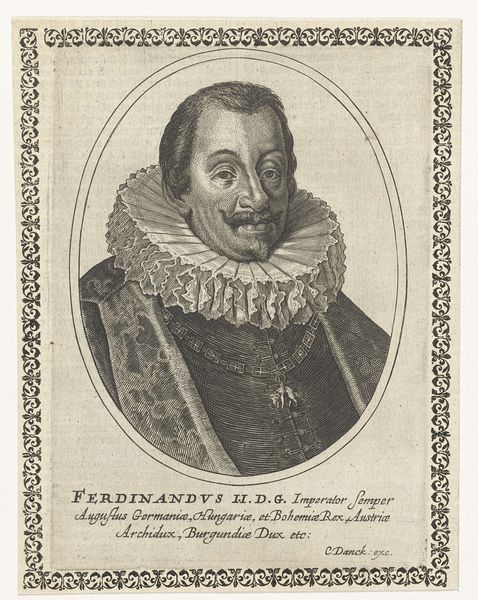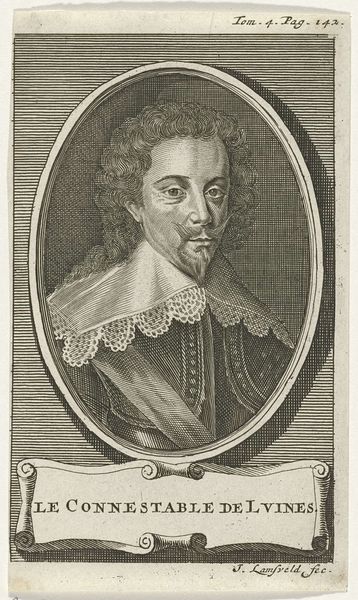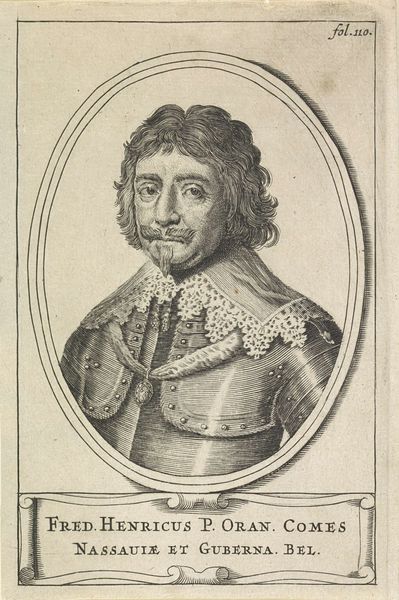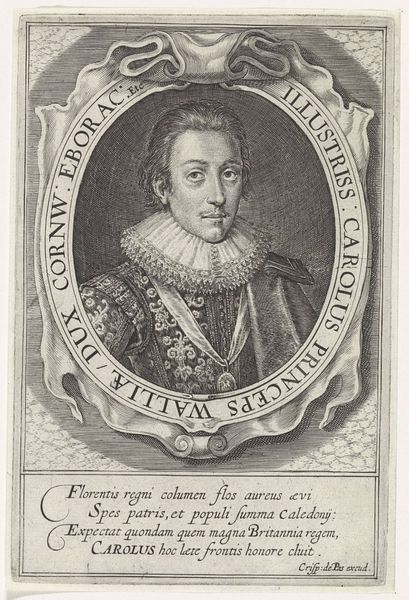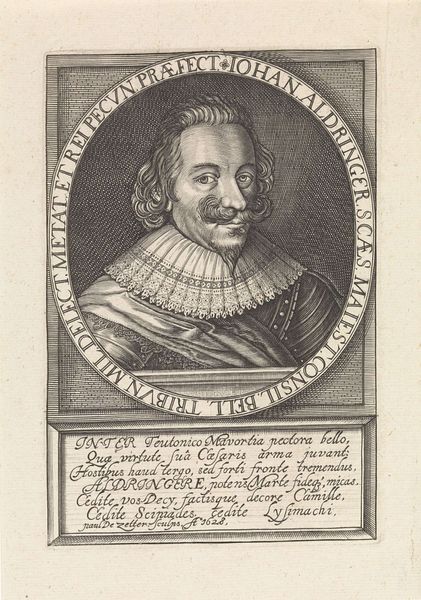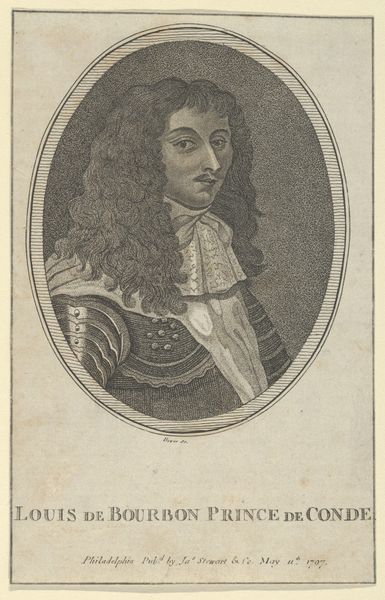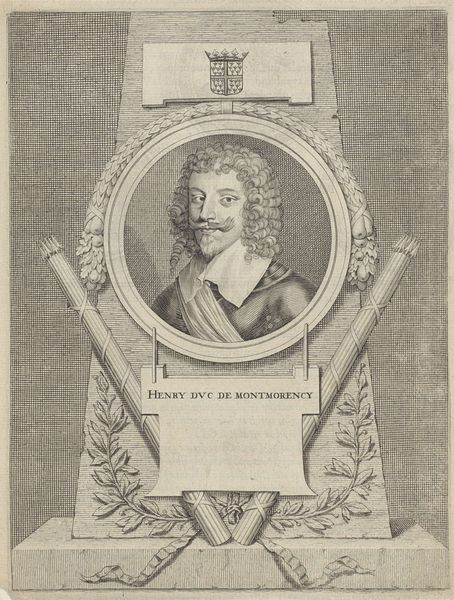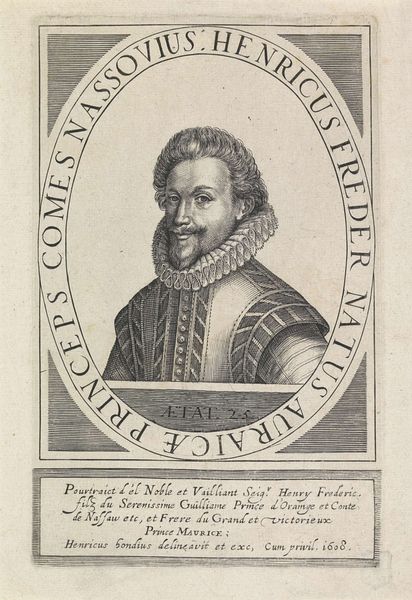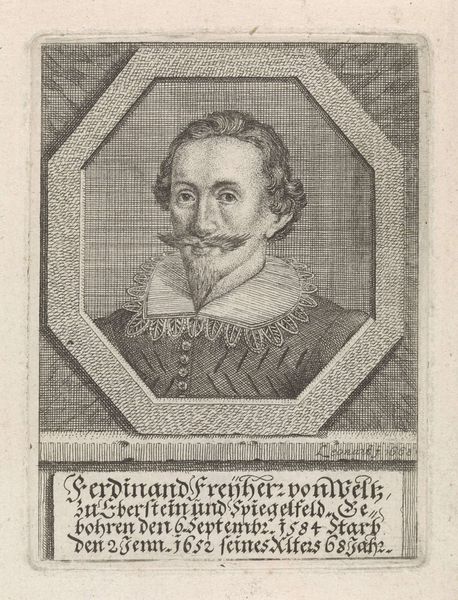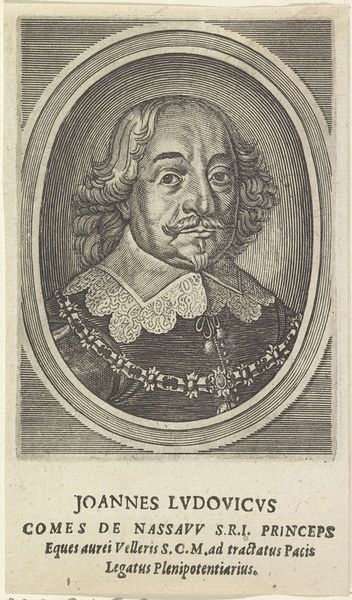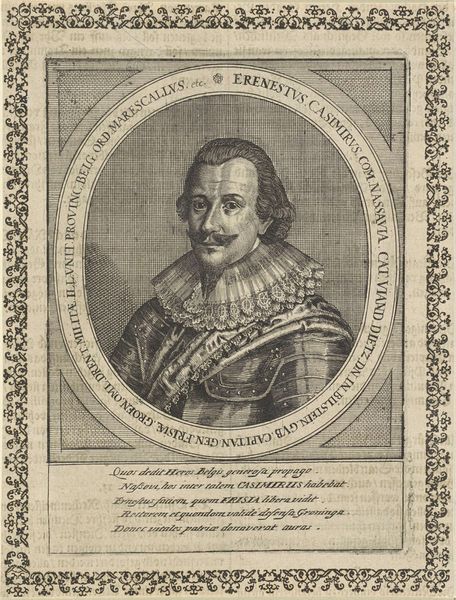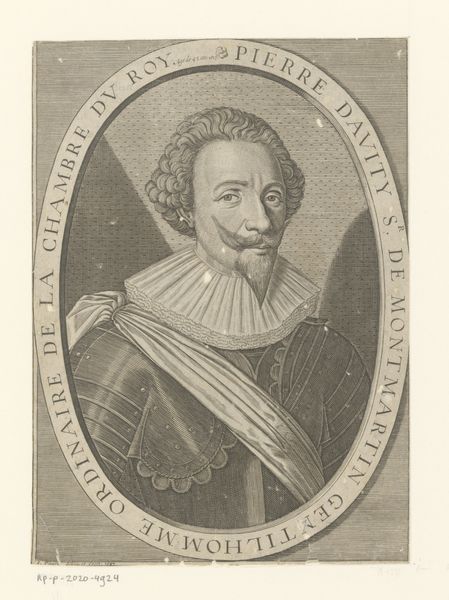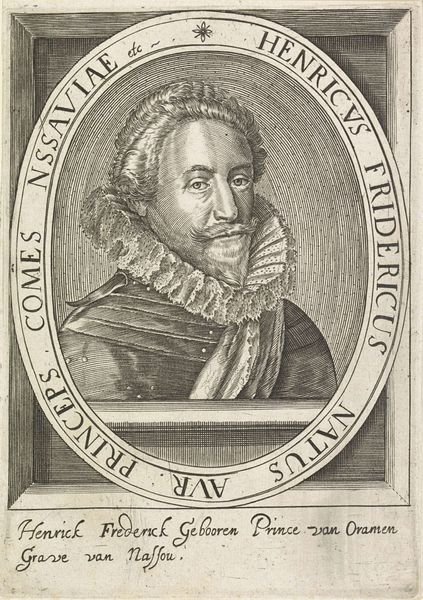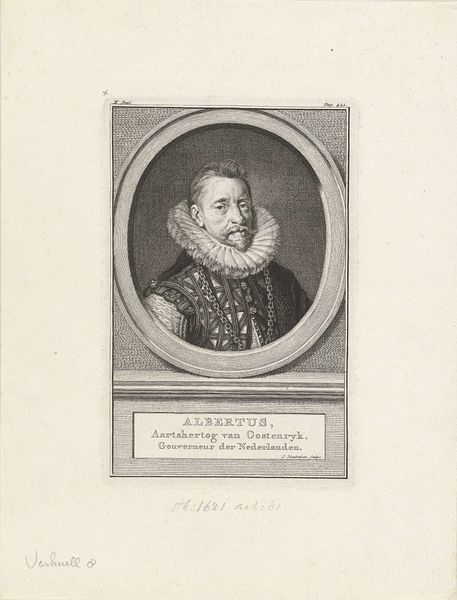
print, engraving
#
portrait
#
baroque
# print
#
old engraving style
#
line
#
history-painting
#
engraving
Dimensions: height 157 mm, width 97 mm
Copyright: Rijks Museum: Open Domain
Editor: This is "Portret van Frederik Hendrik, prins van Oranje," a 17th-century print by an anonymous artist in the collection of the Rijksmuseum. It's got such delicate lines and reminds me of an illustration in a history book. What stands out to you? Curator: I immediately focus on the printmaking process itself. Engraving was labor-intensive, requiring skilled artisans. The lines aren't just lines; they represent hours of labor, and access to tools and materials. Consider also that Prince Frederik Hendrik likely commissioned this work – dictating the image's creation and distribution to bolster his political image. Editor: That makes sense! It wasn't just art for art's sake. Curator: Precisely! The print itself becomes a commodity. Multiple copies could be produced and circulated widely, extending the prince's influence. And look at the clothing. The exquisite lace collar wouldn’t be crafted by him, it reflects the textile industry and the labour practices it depended on. Are these merely decorative elements, or potent indicators of wealth and power derived from systems of production? Editor: So, the material and its production contribute to understanding its meaning. It wasn't just about likeness. Curator: Exactly. Who could afford such adornments and thus, who possessed true economic strength? It's about material display, status, and the means of representing power through crafted objects and distribution capabilities. Editor: I never thought about an artwork like this. Thank you for bringing that to my attention. Curator: By examining the materiality and processes surrounding artistic creation, we unveil broader economic and societal narratives often hidden beneath the surface of aesthetics.
Comments
No comments
Be the first to comment and join the conversation on the ultimate creative platform.
